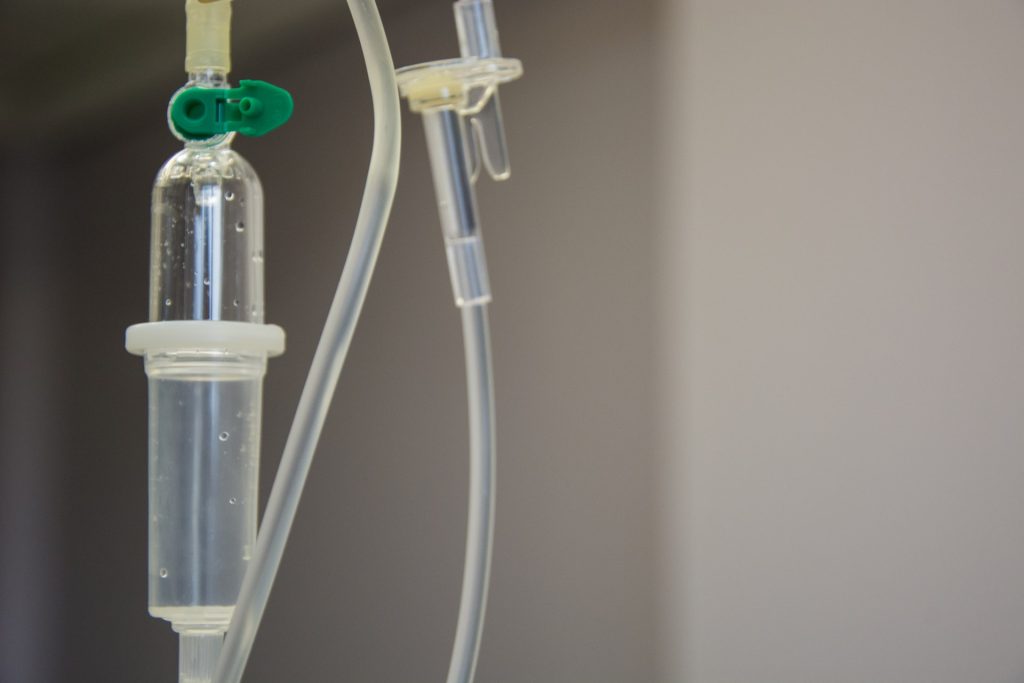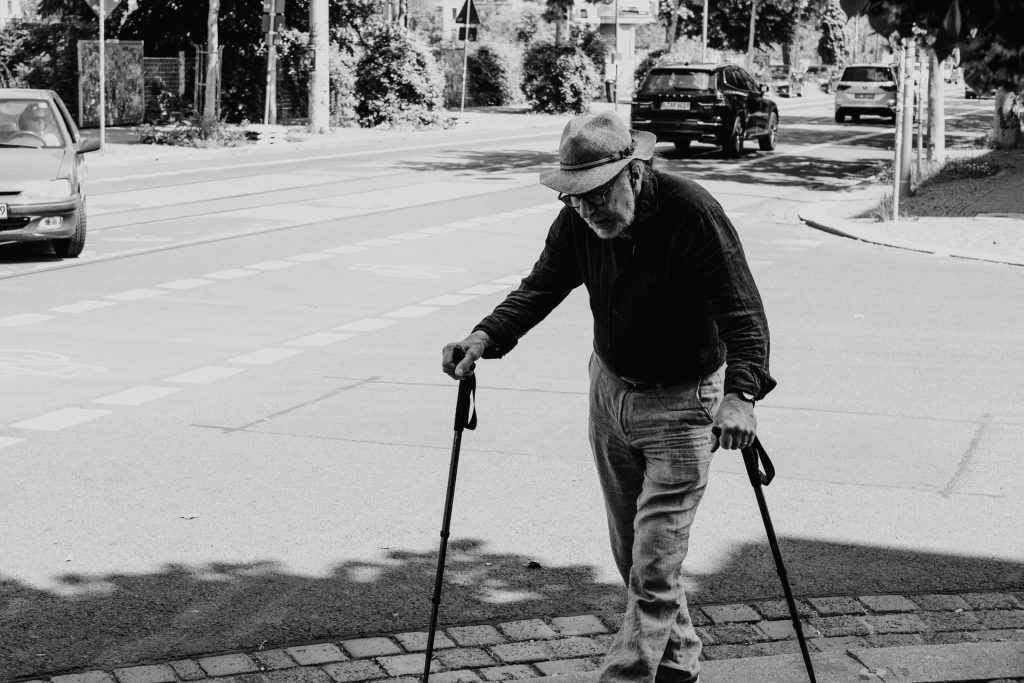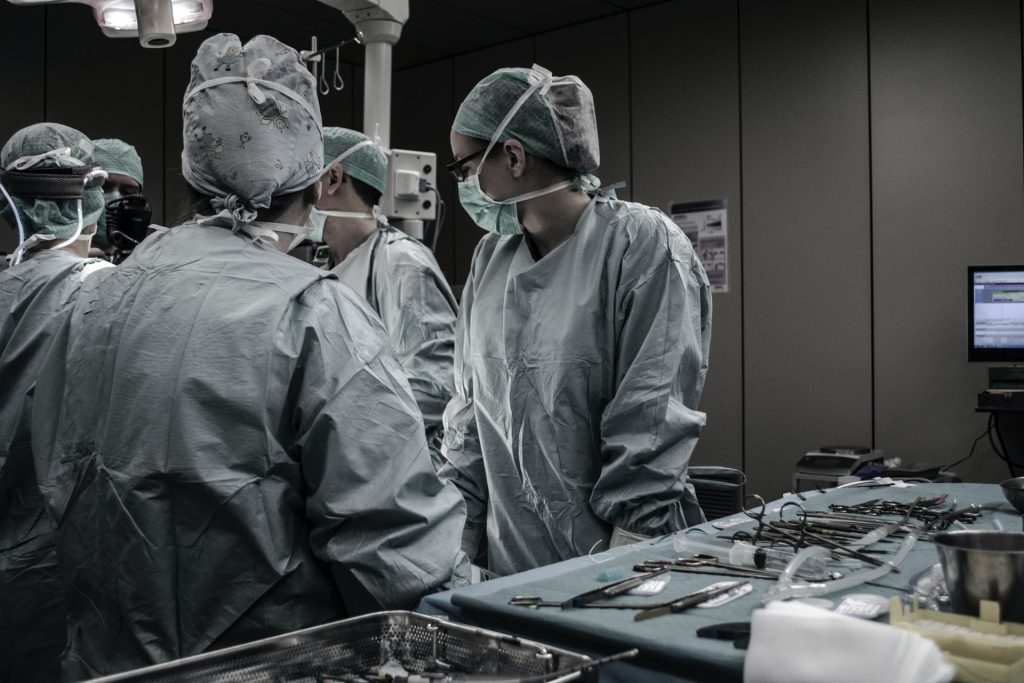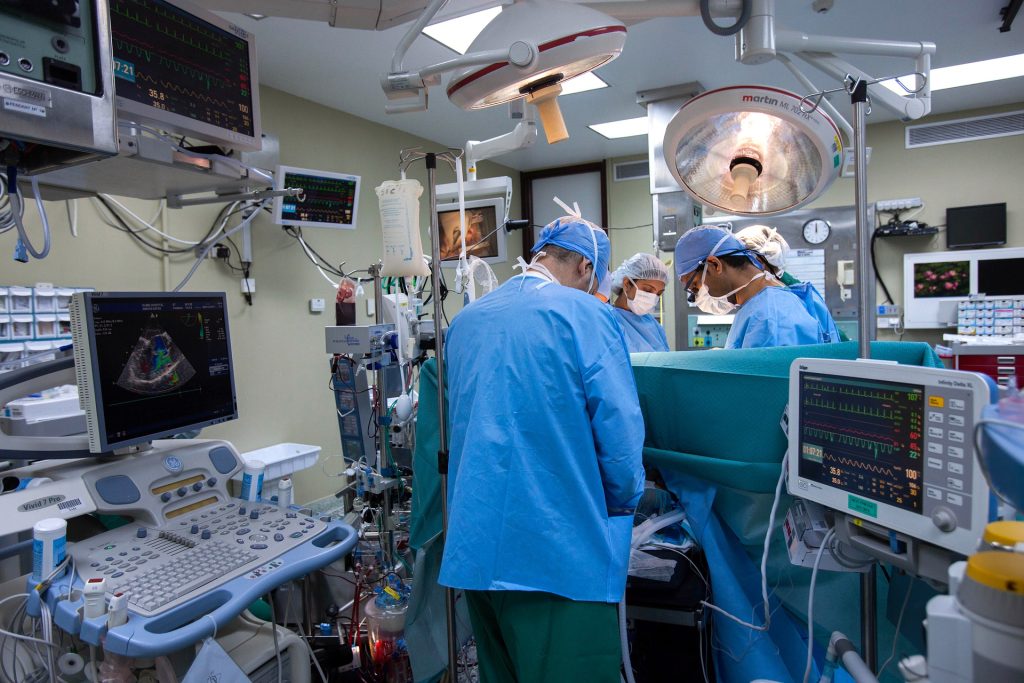Slight Safety Edge for Ringer’s Lactate over Standard Saline

A new US study has found that Ringer’s lactate may be a better and safer treatment option for emergency department and hospital patients than saline solution, especially in sepsis.
According to the study of nearly 150 000 hospital patients, which was published in JAMA Network Open, Intermountain Healthcare researchers found that patients who received Ringer’s lactate solution instead of normal saline for IV fluids had a lower risk of kidney injury and death than when they were given saline.
Saline solution has long been the standard for IV solution with more than 200 million litres administered to hospital patients annually in the US.
Intermountain researchers found that patients who were given Ringer’s lactate as an alternative to saline solution had a 2.2% reduced risk of kidney injury and death.
Joseph Bledsoe MD, principal investigator of the study, said: “That might not sound like a big difference but considering how many patients receive IV fluids every day, it could lead to a major improvement in health outcomes. For our health system alone, that’s 3000 people every year who may avoid complications from normal saline, at no additional cost.”
For this large-scale, study researchers encouraged clinicians, through education and electronic order entry alerts, to use Ringer’s lactate solution rather than saline solution for IV fluid treatment.
Saline solution is a combination of sodium chloride and water at a concentration of 9g of salt per litre (0.9%) which are levels higher than blood, commonly called normal saline.
Mounting evidence points to intravenous normal saline solution increasing the risk of metabolic acidosis, acute kidney injury, and death. This could be due to normal saline having higher levels of chloride and being slightly more acidic than fluids in the human body.
Though they have different ingredients, both Ringer’s lactate and normal saline are used for replacing fluids and electrolytes in hospital patients who have low blood volume or low blood pressure.
Ringer’s lactate contains electrolytes more similar to blood plasma than saline solution. Ringer’s lactate, which is a type of balanced crystalloid, is also much closer to human fluid pH and did not show the same related risk of kidney injury, in line with previous smaller studies.
The study included 148 423 adult patients admitted to the emergency department or inpatient units at 22 Intermountain Healthcare hospitals in Utah and Idaho between November 1, 2018, and February 29, 2020.
At 30 days post treatment, researchers found a 2.2% reduction in major adverse kidney events, including persistent kidney dysfunction, new initiation of dialysis, and death in patients who were given Ringer’s lactate rather than normal saline solution during their emergency department or hospital treatment course.
The impact was even greater on patients with sepsis and on patients who received more fluids as part of their treatment. Not all patients benefit from Ringer’s lactate – patients with brain injury may still benefit from normal saline, but further studies are needed.
Researchers determined that before the study, approximately 25% of patients received Ringer’s lactate, and 75% received normal saline solution. Afterward, the percentages flipped to 25% receiving normal saline and 75% Ringer’s lactate.
Researchers found that nudges in the Intermountain electronic order system were more effective in changing clinician habits than relying on education.
“Given the success of nudges in making this change, our success could be replicated in other health systems and allows for sustained improvement,” said Dr. Bledsoe. “Given the scope of this study, and its success in addition to previous studies, hospitals around the country should consider what they use for IV fluids, too.”
In an editorial about these findings published in the same issue of JAMA Network Open, Matthew W. Semler, MD, MSc, assistant professor of medicine at Vanderbilt University Medical Center, wrote that the study “raises important questions about the choice between Ringer’s lactate solution and saline and, more broadly, how we should make evidence-based choices between widely available, commonly used treatment alternatives in acute care.”
Source: News-Medical.Net










